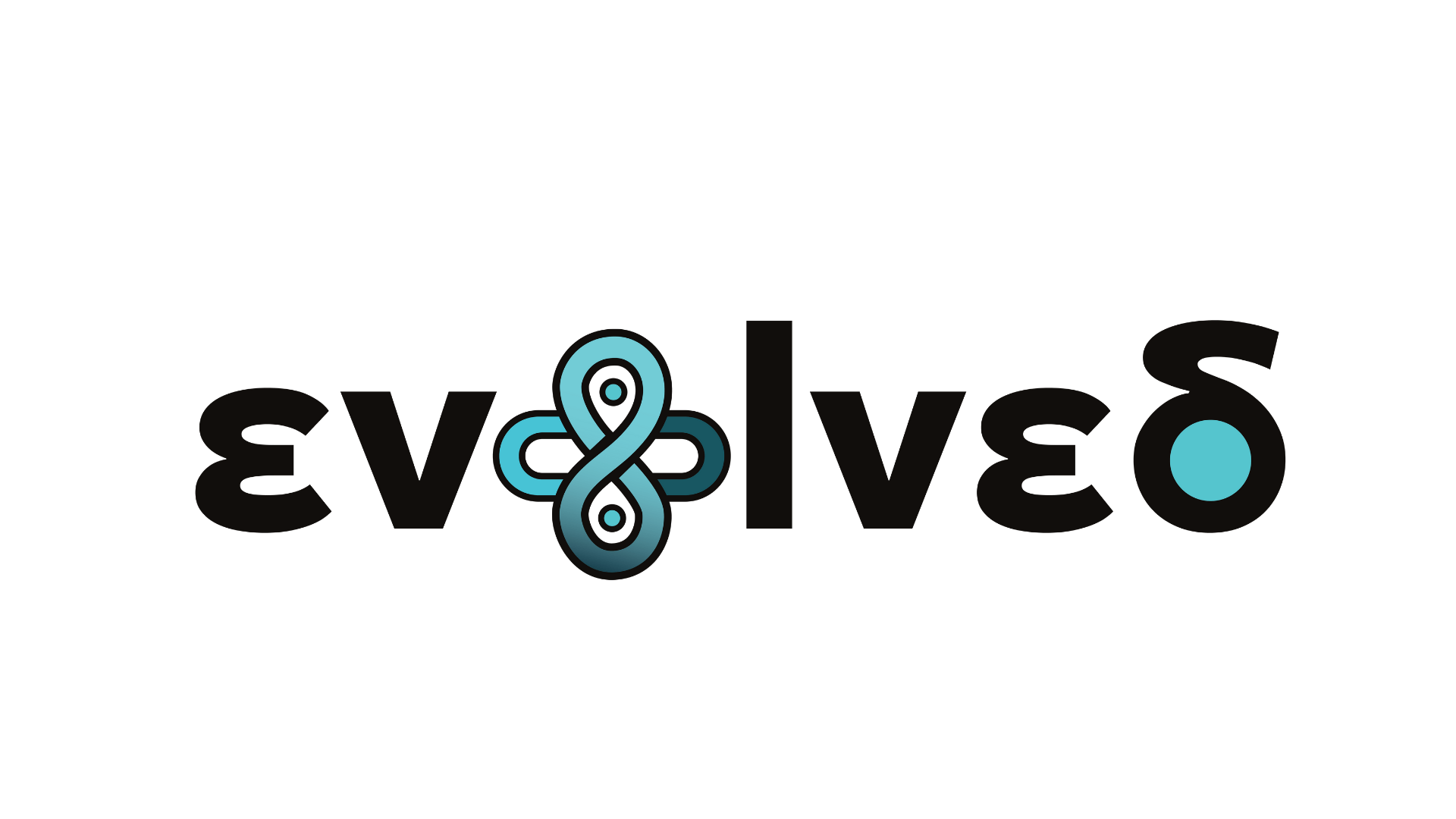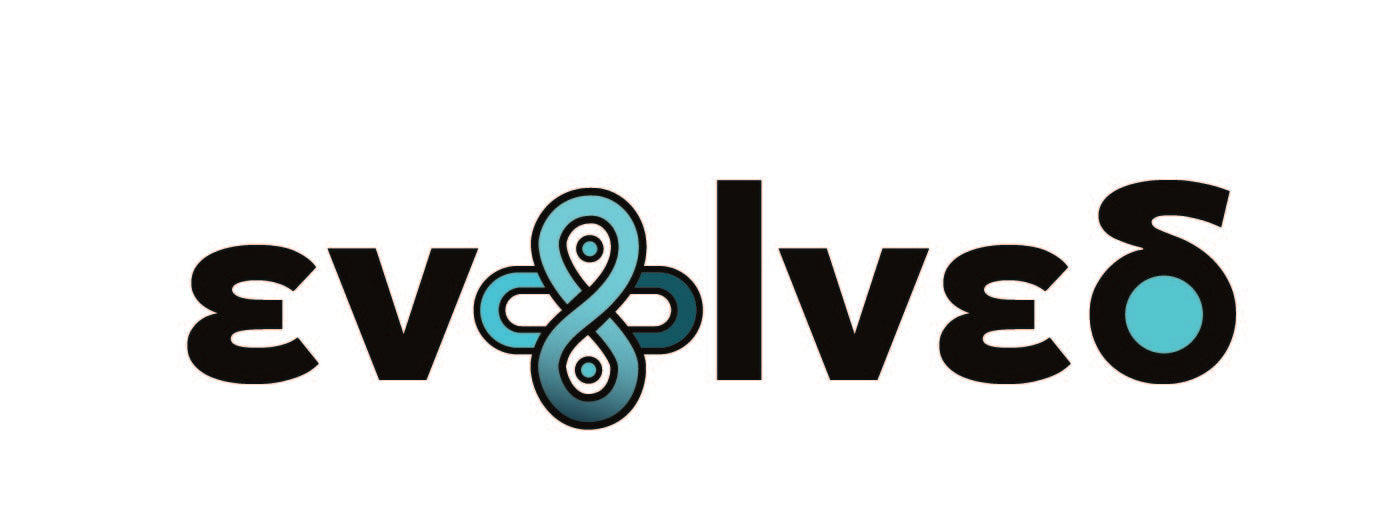
Nigel Thurlow
Bio
Key Books
No books found.
To be clear, Nigel Thurlow, is not an official supporter of Evolved; no support should be assumed. At the same time, we think curious people should be aware of their work.
Personal or Business or Community websites:
More Publications
-
The Flow System: Key Principles and Attributes, 2020, John Turner, Nigel Thurlow,
The Flow System: Key Principles and Attributes document is a supplemental guide for The Flow System Guide and provides additional training material for The Flow System Foundations training course and certification. This supplemental guide provides a brief summary of the research supporting The Flow System and the components that make up the Triple Helix of Flow (complexity thinking, distributed leadership, team science).
This supplemental guide includes six attributes for The Flow System, two attributes for Customer 1st principle, one attribute for the principle FLOW of value and the Triple Helix of Flow, seven attributes for the complexity thinking helix, 11 attributes for the distributed leadership helix, and 22 attributes for the team science helix.
The Flow System Guide, 2020, John Turner, Nigel Thurlow, Brian Riviera
The Flow System Guide provides a brief description of the 'Flow System' along with descriptions and characteristics of the different methods, techniques, and tools listed for each of the three helices that make up the Triple Helix of Flow (complexity thinking, distributed leadership, team science). The Flow System offers a set of methods for organizational leaders and practitioners to utilize when addressing complex problems and environments. As organizational leaders are slowly realizing that current best practices will not work well when dealing with complex issues, The Flow System offers a set of methods, techniques, and tools that have been shown to work well in complex environments. Flow is achieved in an organization when employees and team members are free to interact, adapt, learn, and evolve in a way that allows them to address threats (internal and external) without being inhibited by constraints. Flow is best described in The Flow System as the seamless transition from ideation to delivery, facilitated by the interconnectivity of complexity thinking, distributed leadership, and team science. Each of the three helices must be utilized before an organization can achieve flow. Addressing only one of the helices will result in suboptimal performance; all three of the helices must be utilized. The Flow System Guide provided here is also available online at https://flowguides.org/index.php along with a dozen or more translations of The Flow System Guide.
The Flow System: The Evolution of Agile and Lean Thinking in an Age of Complexity(2024), John Turner, Nigel Thurlow, Brian Riviera
The Flow System enables business growth through eliminating non-value-added activities, fostering an environment for innovation, enabling the rapid delivery of value, and shortening the time to market. The Flow System offers a reimagined approach for organizations to comprehend complex problems, adopt distributed leadership, and cultivate high-performing teams.
The Triple Helix of Flow relates to the interconnected nature of the three helices:
Complexity Thinking Helix – A new form of thinking to aid the understanding of uncertainty and complex adaptive systems.
Distributed Leadership Helix – An emergent hybrid leadership model that is capable of making bold and disruptive moves across an industry.
Team Science Helix – A multidisciplinary field that studies all things related to teams and small groups in the workplace.
The Triple Helix identifies the interactions between and among agents (people, machines, events) that emerge into new patterns, networks, and knowledge, advancing an organization’s ability to be more innovative, adaptive, resilient, and agile in complex environments.
-
The Flow System Guide (2020), John Turner, Nigel Thurlow, Brian Riviera
The Flow System: The Evolution of Agile and Lean Thinking in an Age of Complexity(2024), John Turner, Nigel Thurlow, Brian Riviera
-
The Substrate-Independence Theory: Advancing Constructor Theory to Scaffold Substrate Attributes for the Recursive Interaction between Knowledge and Information
Turner, John & Snowden, Dave & Thurlow, Nigel. (2022).
The Substrate-Independence Theory: Advancing Constructor Theory to Scaffold Substrate Attributes for the Recursive Interaction between Knowledge and Information.
Systems.
10. 7. 10.3390/systems10010007.
The substrate-independence theory utilizes sensemaking techniques to provide cognitively based scaffolds that guide and structure learning. Scaffolds are cognitive abstractions of constraints that relate to information within a system. The substrate-independence theory concentrates on the flow of information as the underlying property of the host system. The substrate-independence theory views social systems as complex adaptive systems capable of repurposing their structure to combat external threats by utilizing constructors and substrates. Constructor theory is used to identify potential construction tasks, the legitimate input and output states that are possible, and to map the desired change in the substrate’s attributes. Construction tasks can be mapped in advance for ordered and known environments. Construction tasks may also be mapped in either real-time or post hoc for unordered and complex environments using current sensemaking techniques. Mapping of the construction tasks in real-time becomes part of the landscape, and scaffolds are implemented to aid in achieving the desired state or move to a more manageable environment (e.g., from complex to complicated).

